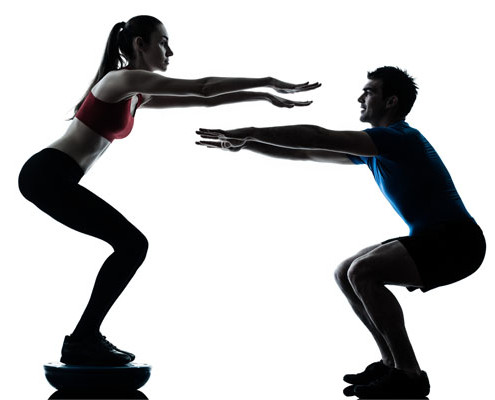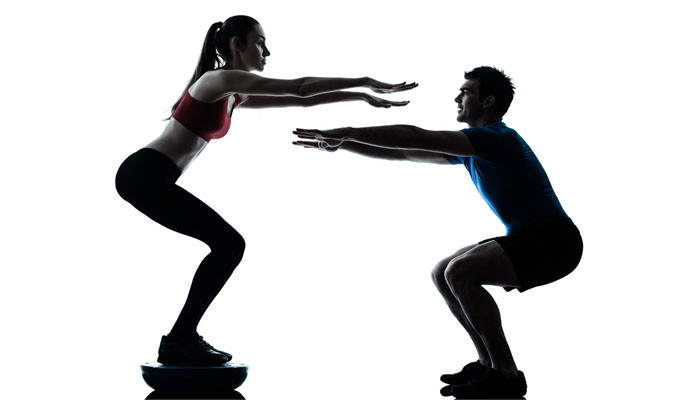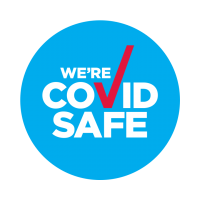To Squat, Or Not?
By Adam Bryant, Registered Fitness Professional Level 2 (Cert III & Cert IV Fitness)
What is a squat?
A squat (pictured) is a functional exercise which can be performed using body weight, or added weight. The squat can be tailored to fitness and mobility needs based on the individual.
Should I squat?
The simple answer is generally YES!
There are many reasons why squats appear in exercise programs and classes alike.
It is the best functional exercise for general clients.
The squat is the best resistance exercise which transfers from the gym into daily scenarios. We use versions of the squat to pick up objects, walk up stairs, get in and out of cars, stand up from our seats, and whilst completing tasks like gardening. Most people incur lower back pain or knee injury as a result of not performing these movements using correct neutral loading patterns (or correct squatting technique).
It is the most taxing resistance exercise in terms of caloric demand for weight loss.
The energy required to perform and recover from a back squat (barbell resting on back/shoulders whilst performing the squat) is far greater than any isolation based/single joint exercise (eg. Leg extension) Performing a back squat utilises every single muscle in our lower body as well as involving a whole lot of core to stabilise and maintain position.
It is the most effective lower body exercise for muscle gain.
Full lower body muscle activation is involved with squatting. By increasing your lean muscle mass through squatting, you are allowing your body to burn calories at rest, as well as during movement.
It allows us to build strength.
Power comes from the muscles in your bottom and thighs predominantly. By increasing your lower limb strength, you are making certain that you have the best chance of being able to perform everyday movements with ease later into your years.
How do I correctly perform a squat?
Watch Raquel performing a back squat correctly.
Remember these points to perform a squat properly.
Stand with your feet apart, set in a femur friendly position (comfortable position in terms of tracking) Have your heels on the floor.
If you’re heels are not on the floor you are removing your bottom and hamstrings from the movement, placing load on your knees. By doing this your back overcompensates and can result in injury.
Knees should track outside of the line of the toes.
No glute activation occurs once the knees are tracking inside the feet. If knees track inward there is no support, placing the knee into a dangerous position.
Hips should move backwards to initiate the movement.
When our hip moves backwards it ensures that our weight is on our heels, generating enough tension on the glute and hamstring to squat to our full potential.
Go to full depth with your squat.
Not sitting all the way into your squat limits glute activation. Furthermore, the strongest positions for our knees are full flexion and extension. (completely bent or straight) Halfway squats are unstable on the knees, leaving us prone to joint sheering (upper and lower leg bones sliding together) Lastly, when the knee joint is taken through it’s full range of motion it is flushed with synovial fluid which lubricates the joint, allowing for comfortable movement.
Knees CAN travel out in front of your toes.
There is no evidence to suggest that having your knees over your toes when squatting causes injury. We naturally walk with knees over toes, so it makes sense to do so while squatting.
Maintain strong, tall posture, whilst allowing for some forward movement.
Forward tilt of the torso has to happen slightly to allow for the squat to work, but any bend in the back means loading of the lower back; which can lead to injury.
Extend ankles, knees and hips simultaneously.
Stand up by pushing through the heels. Our lower body joints are designed to work like an accordion to avoid excessive load and injury.











